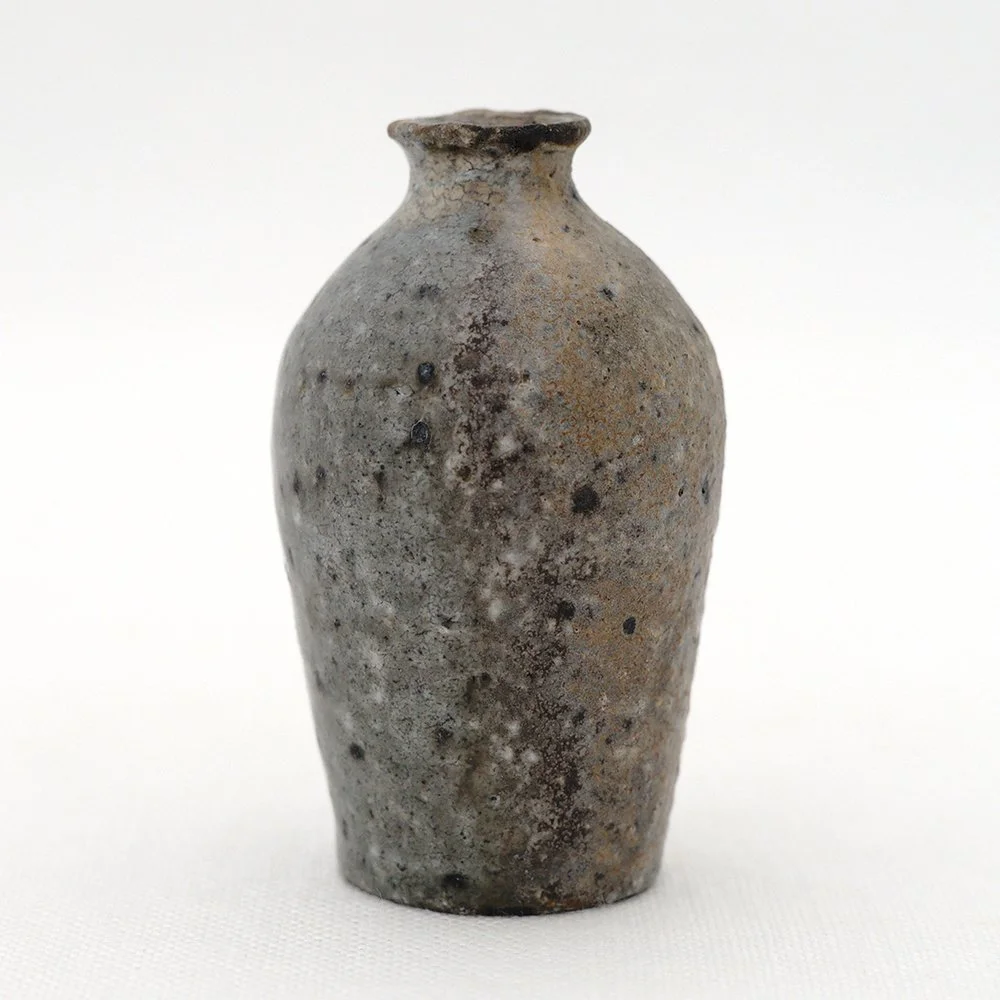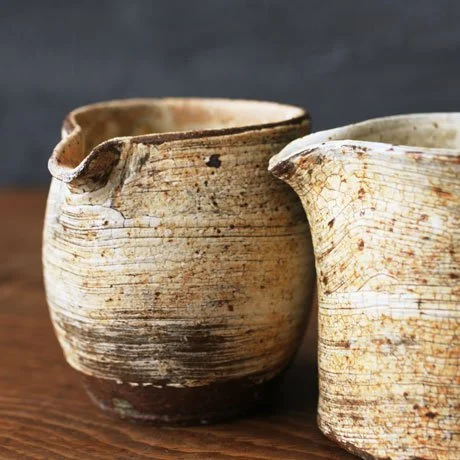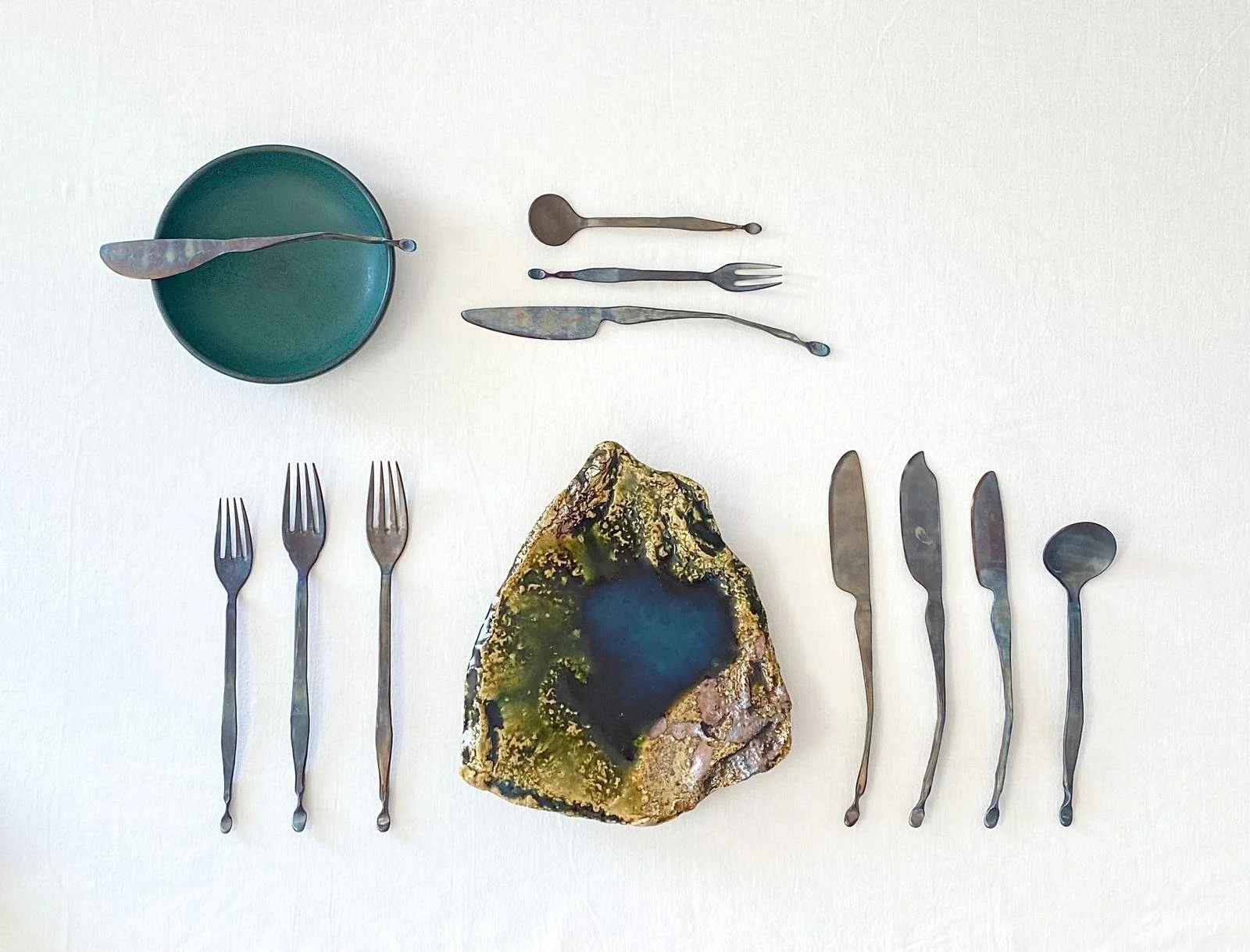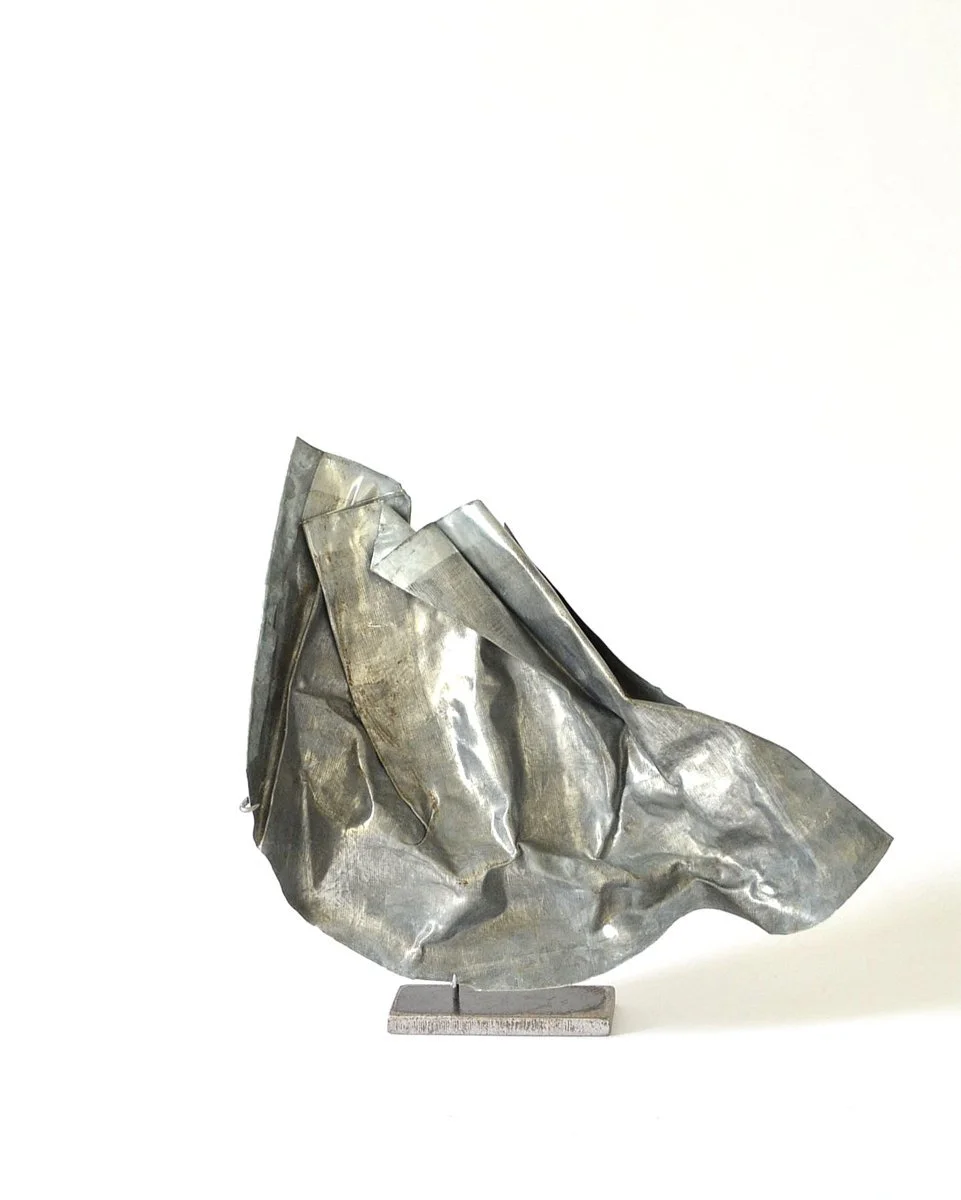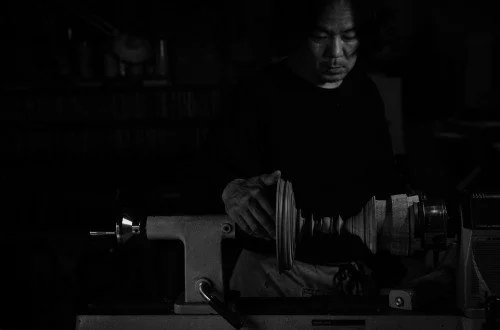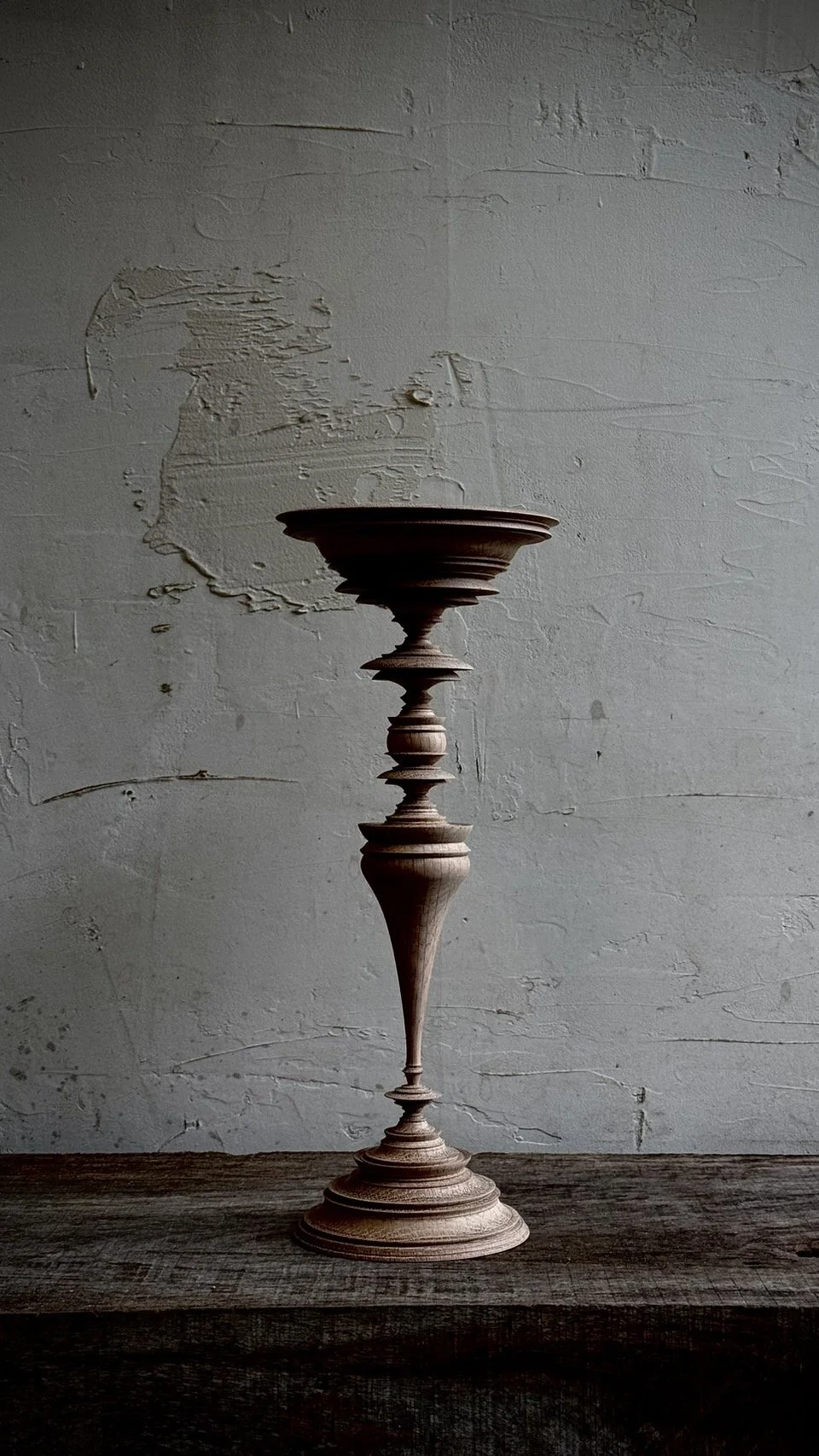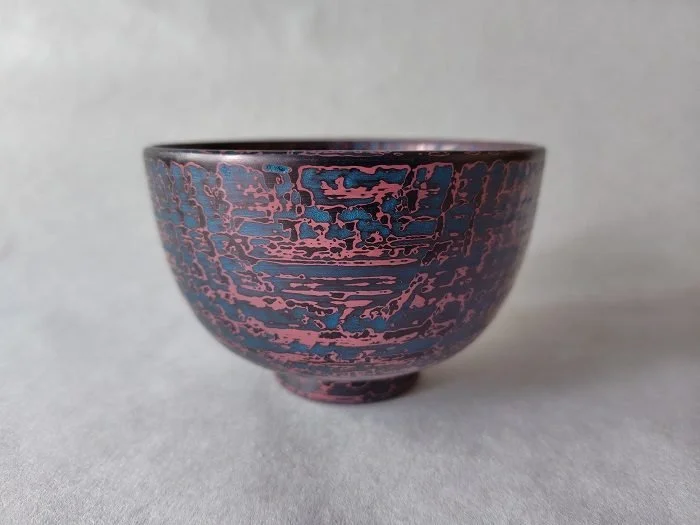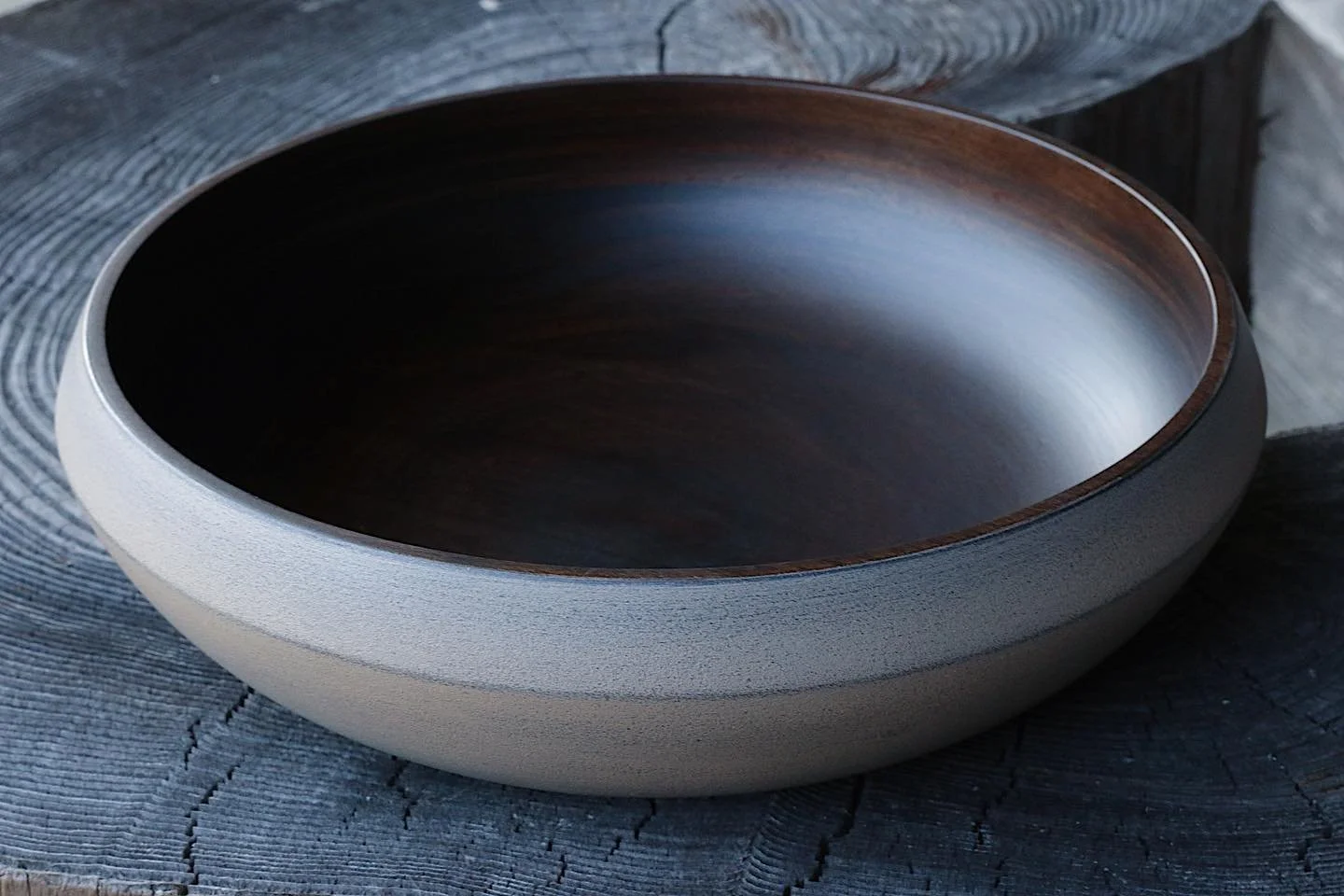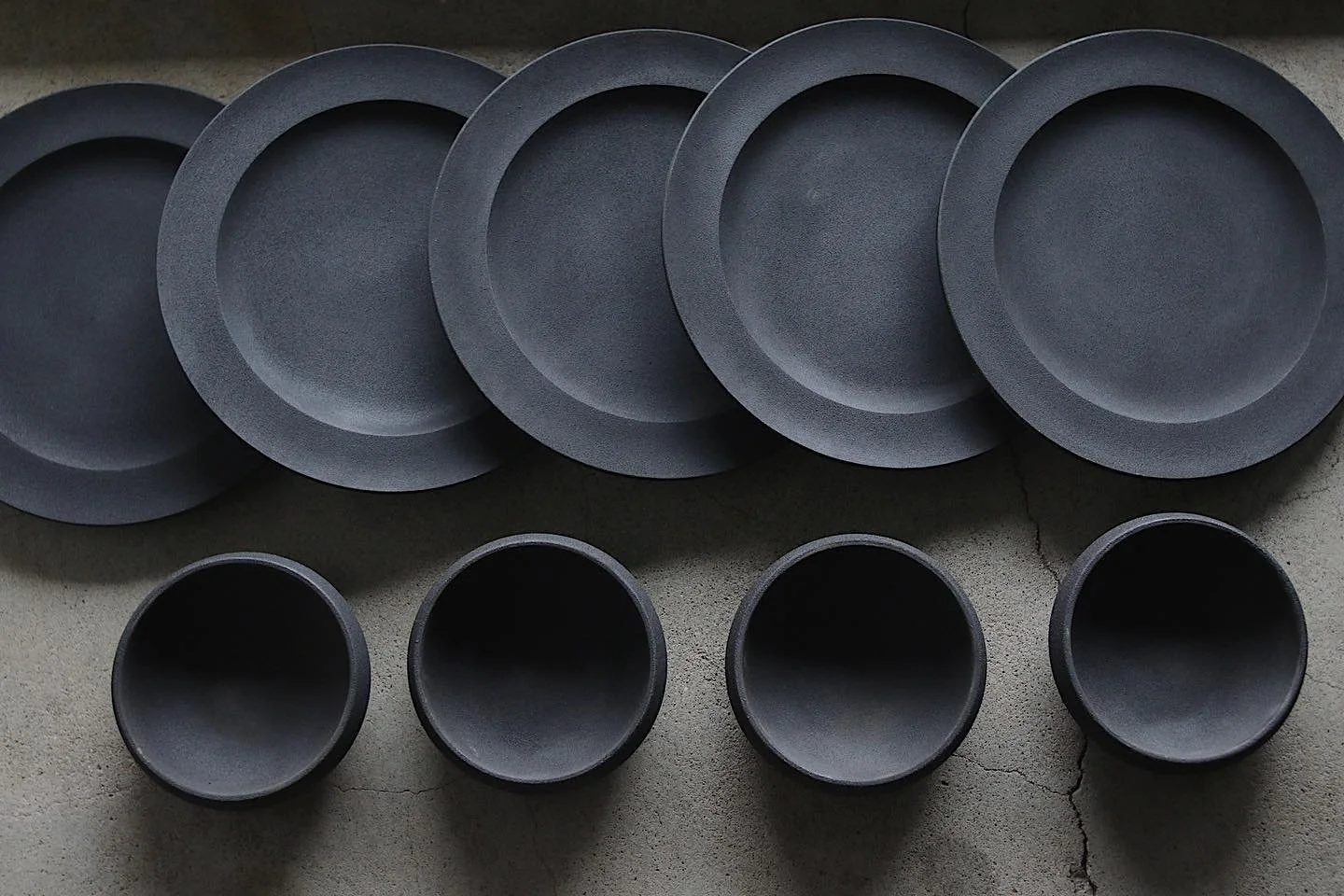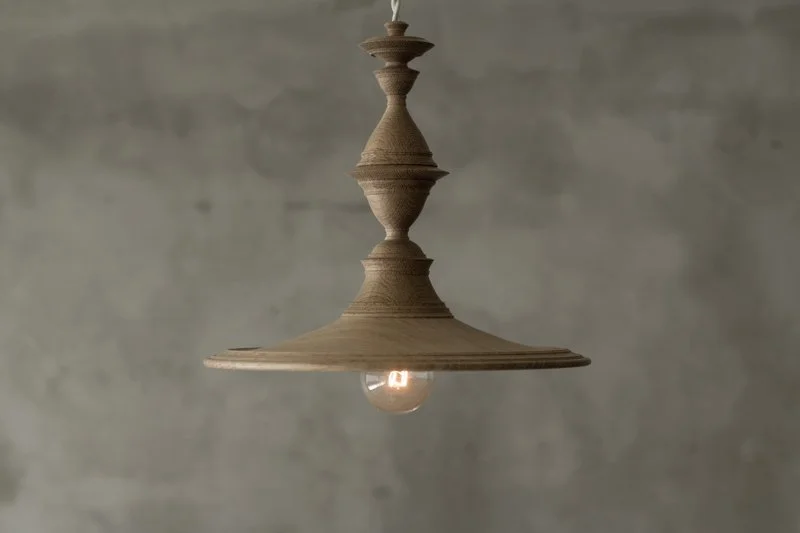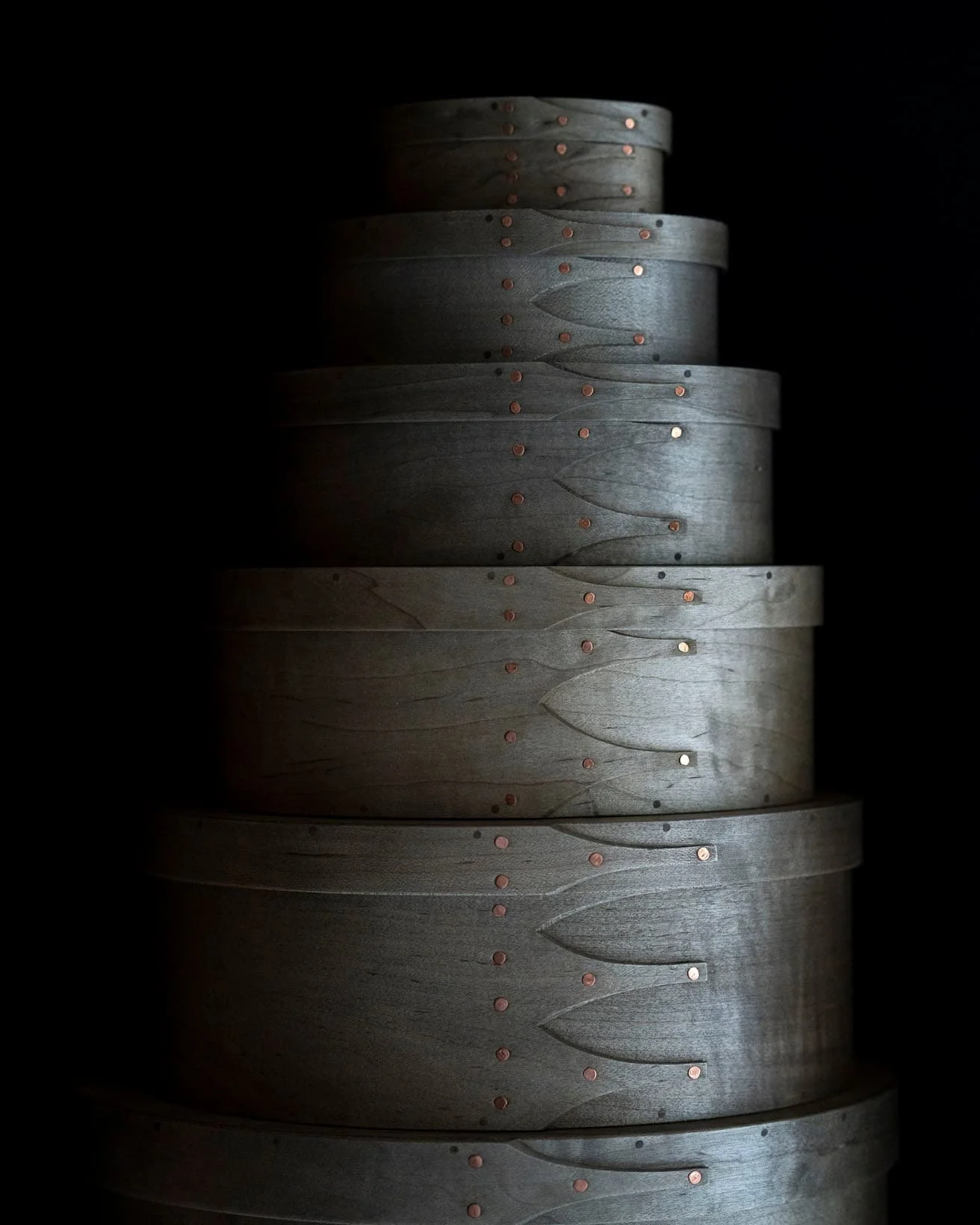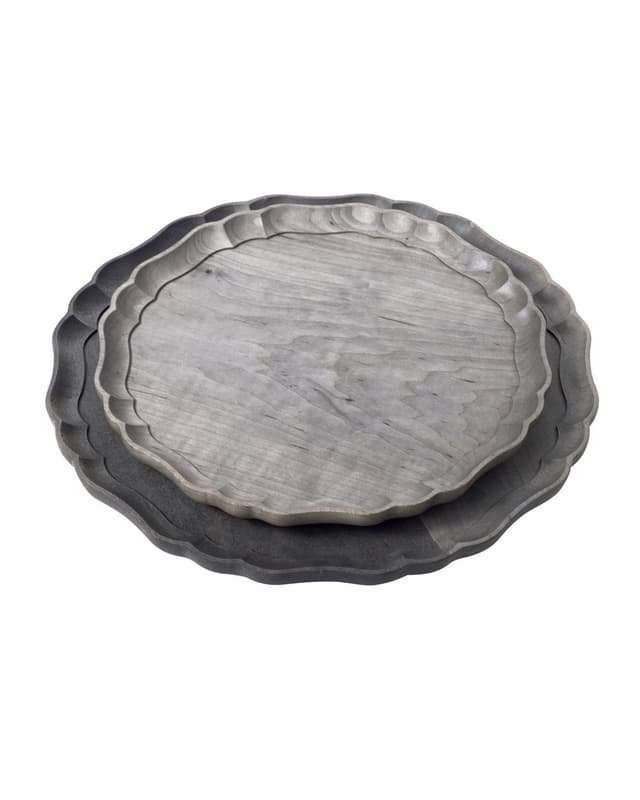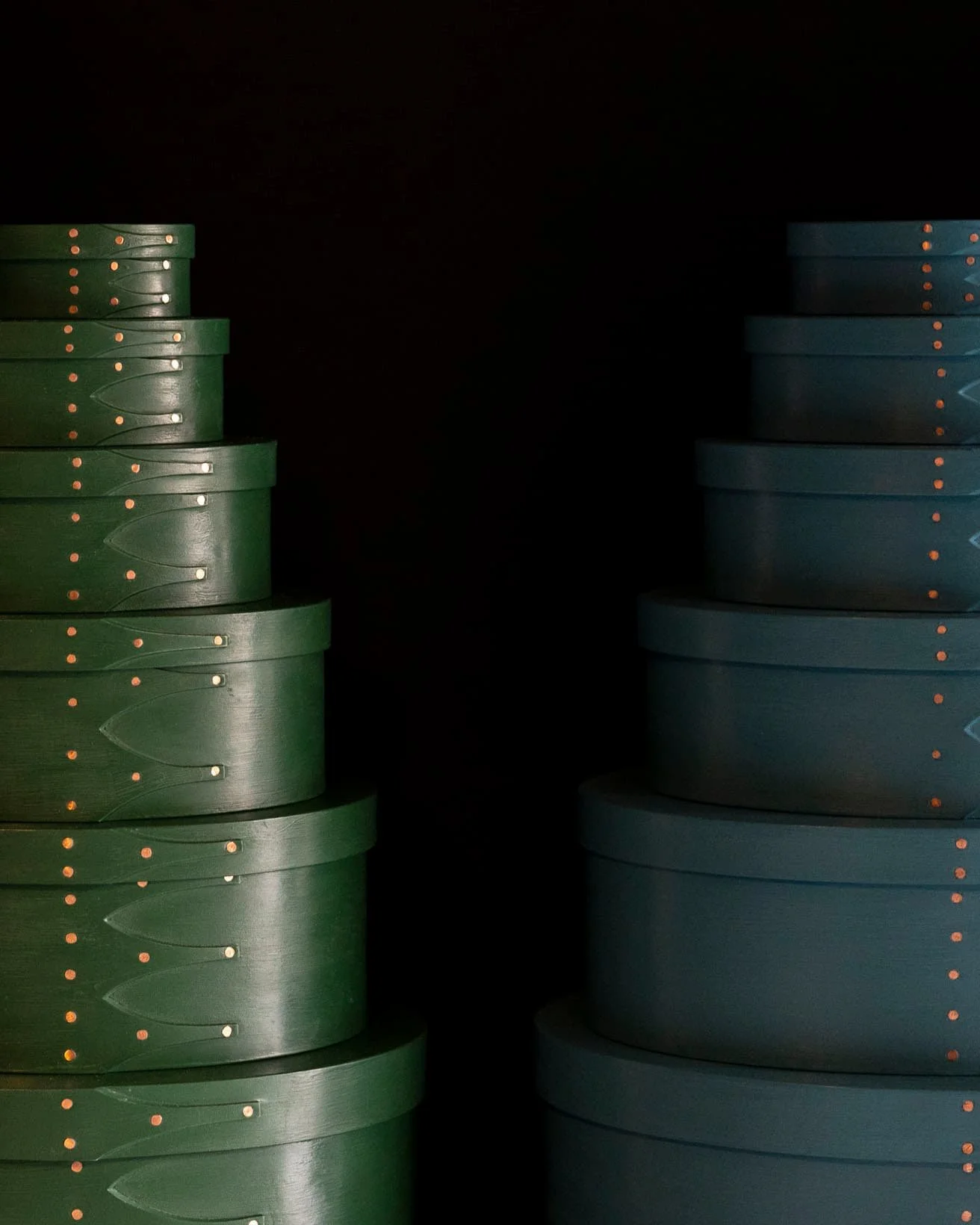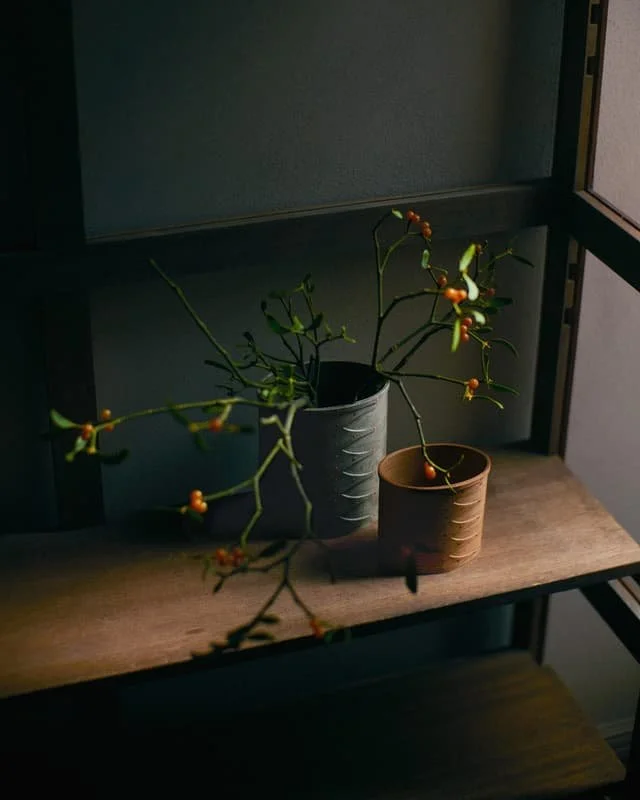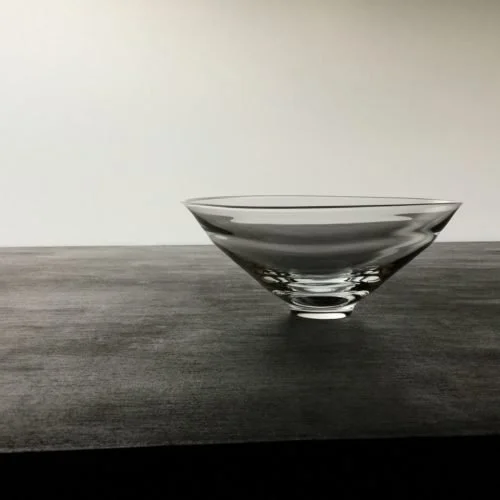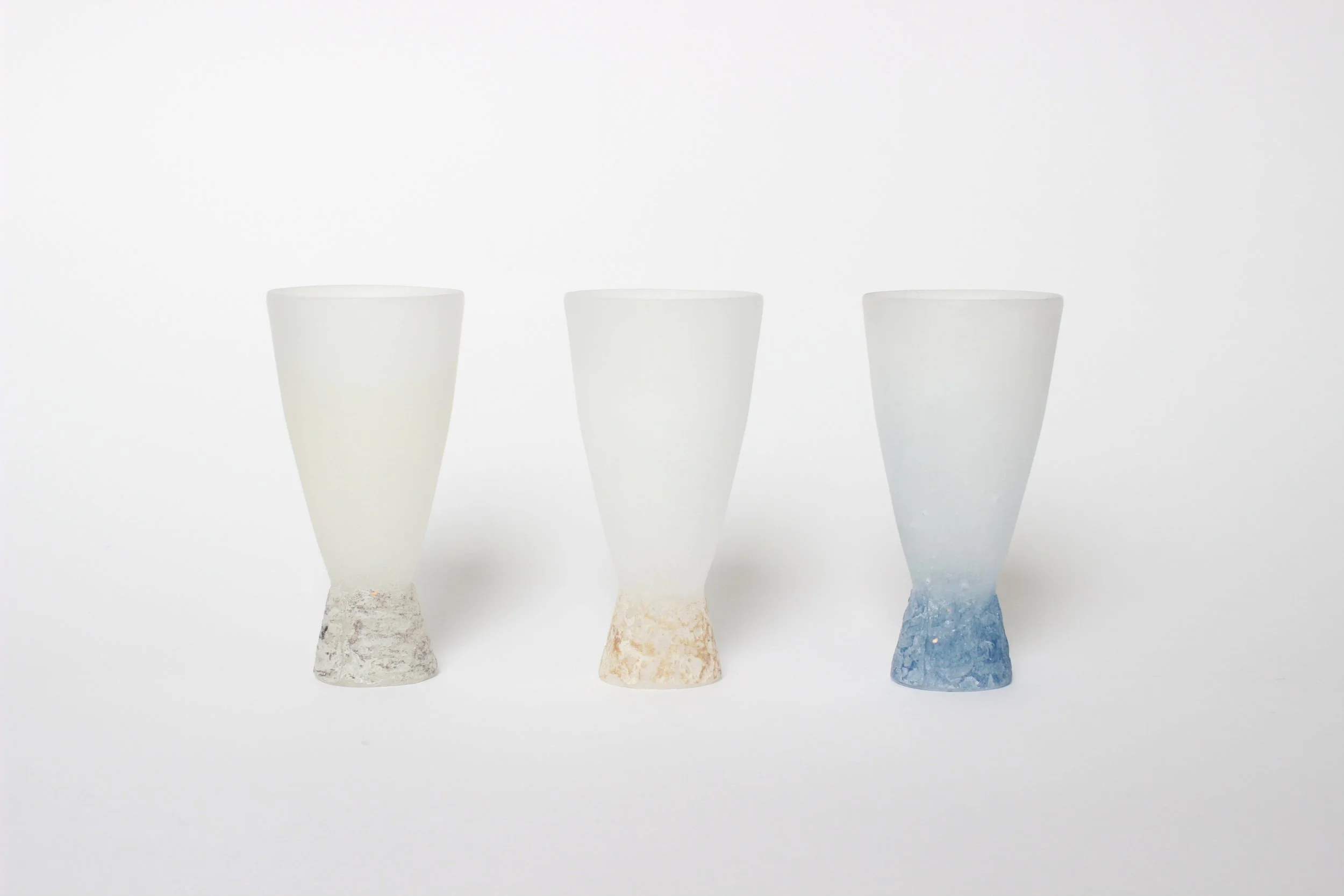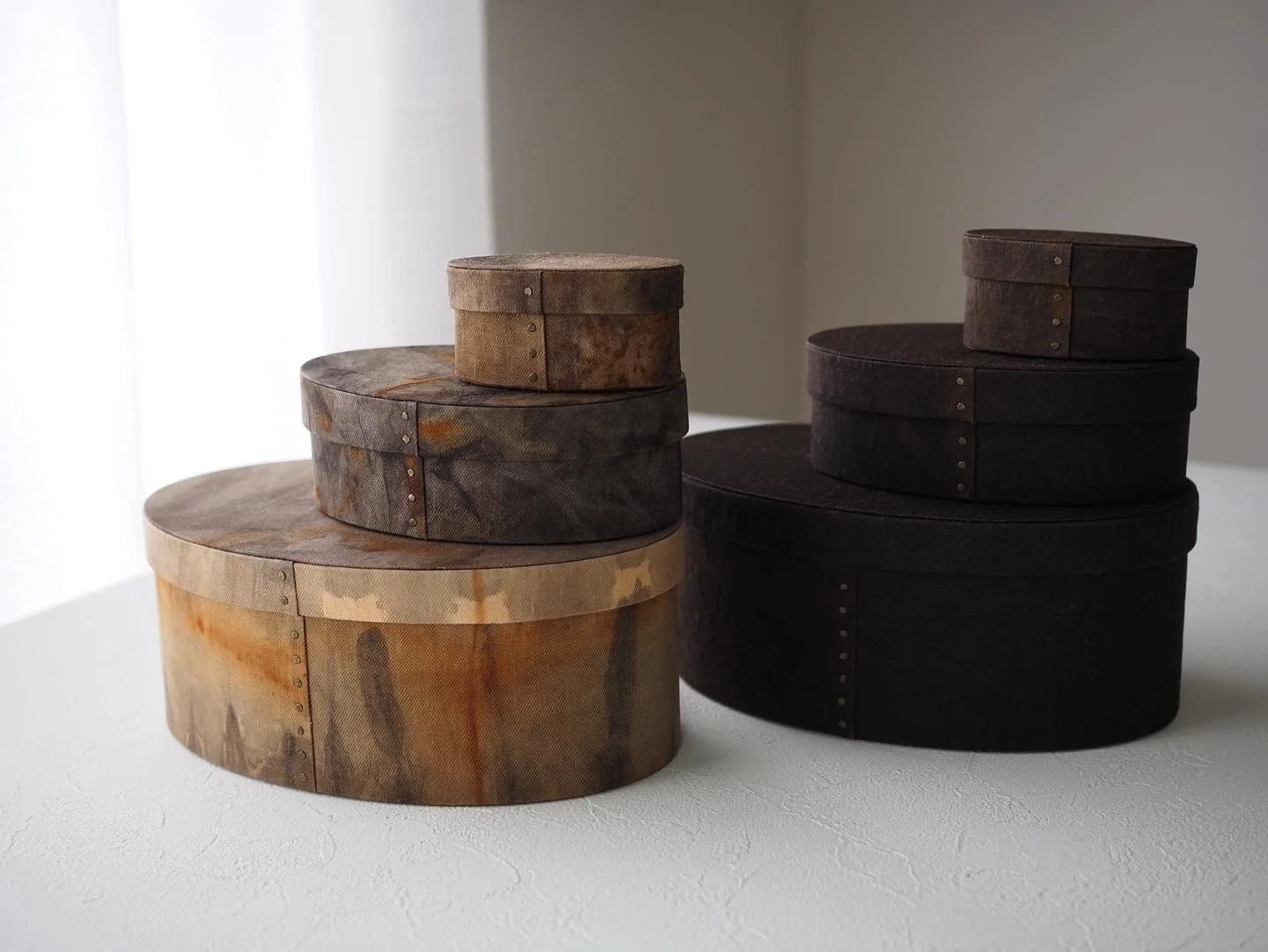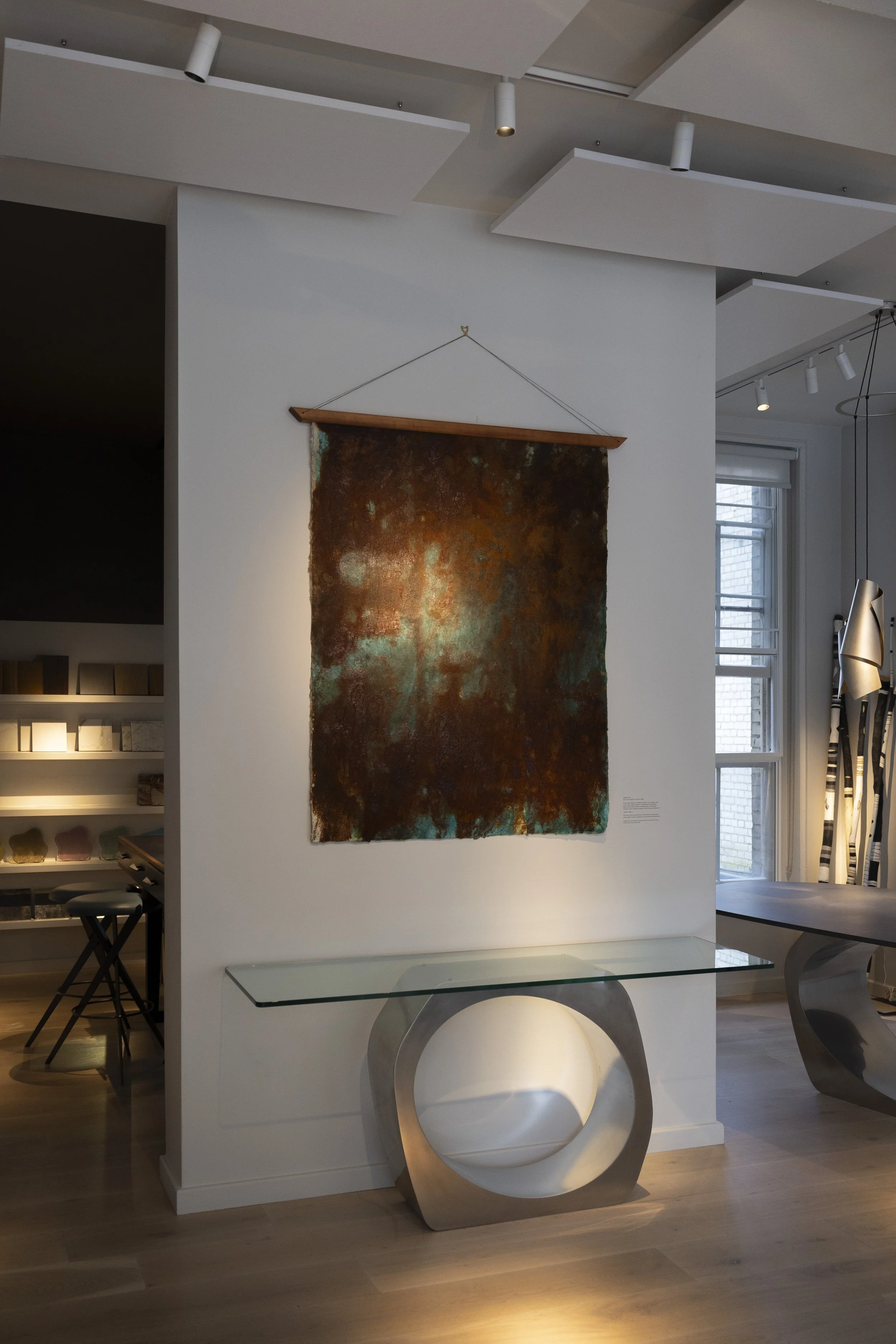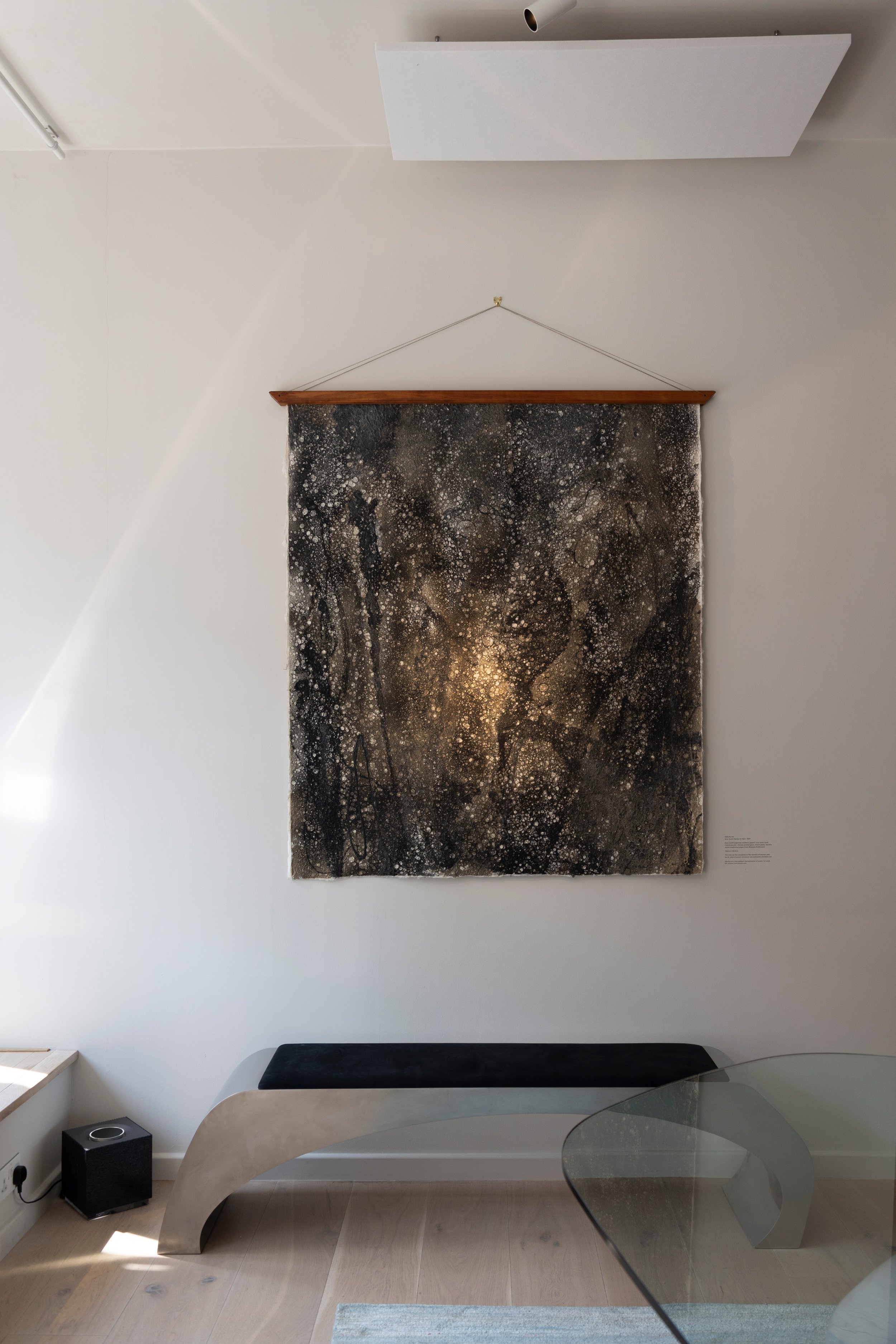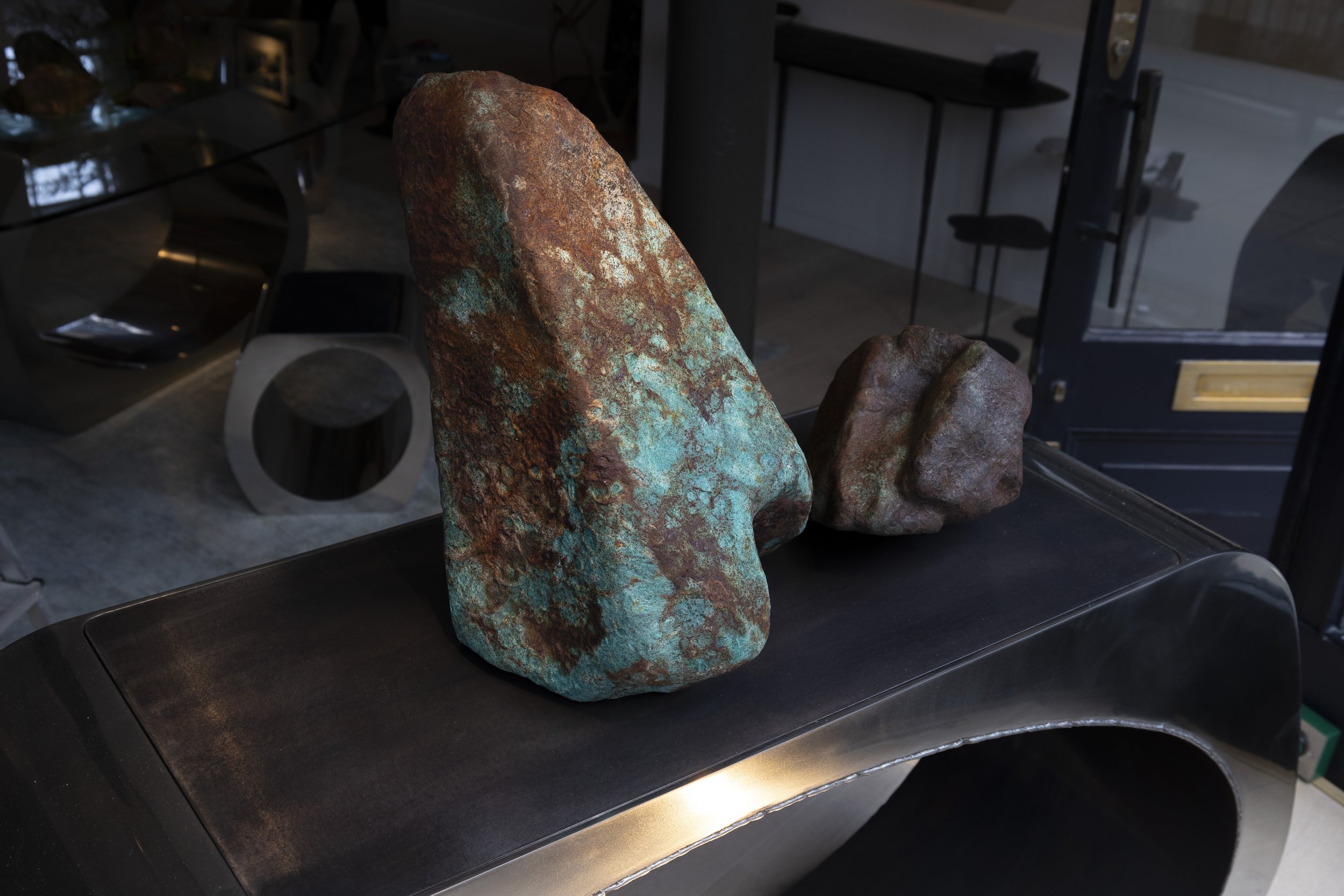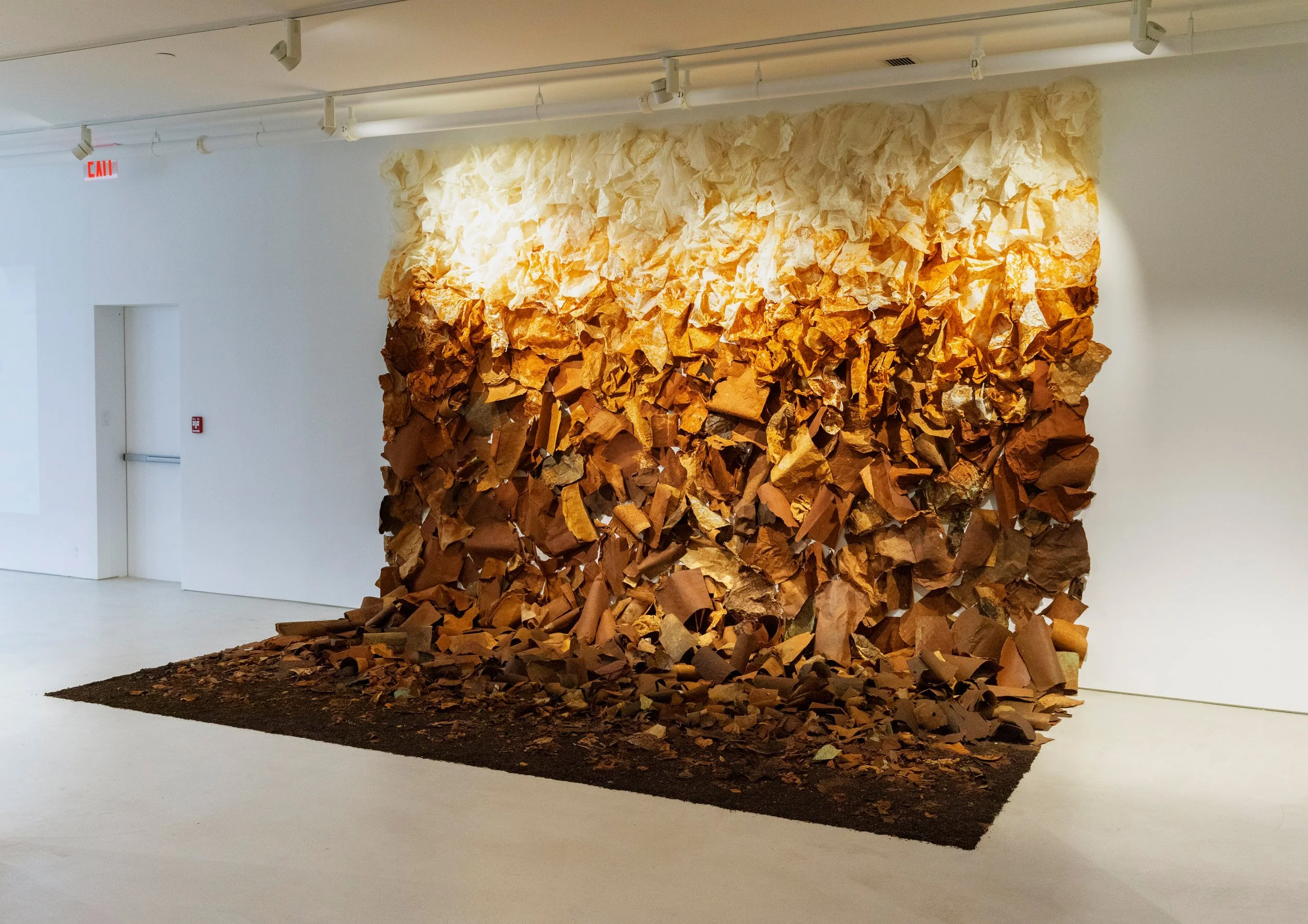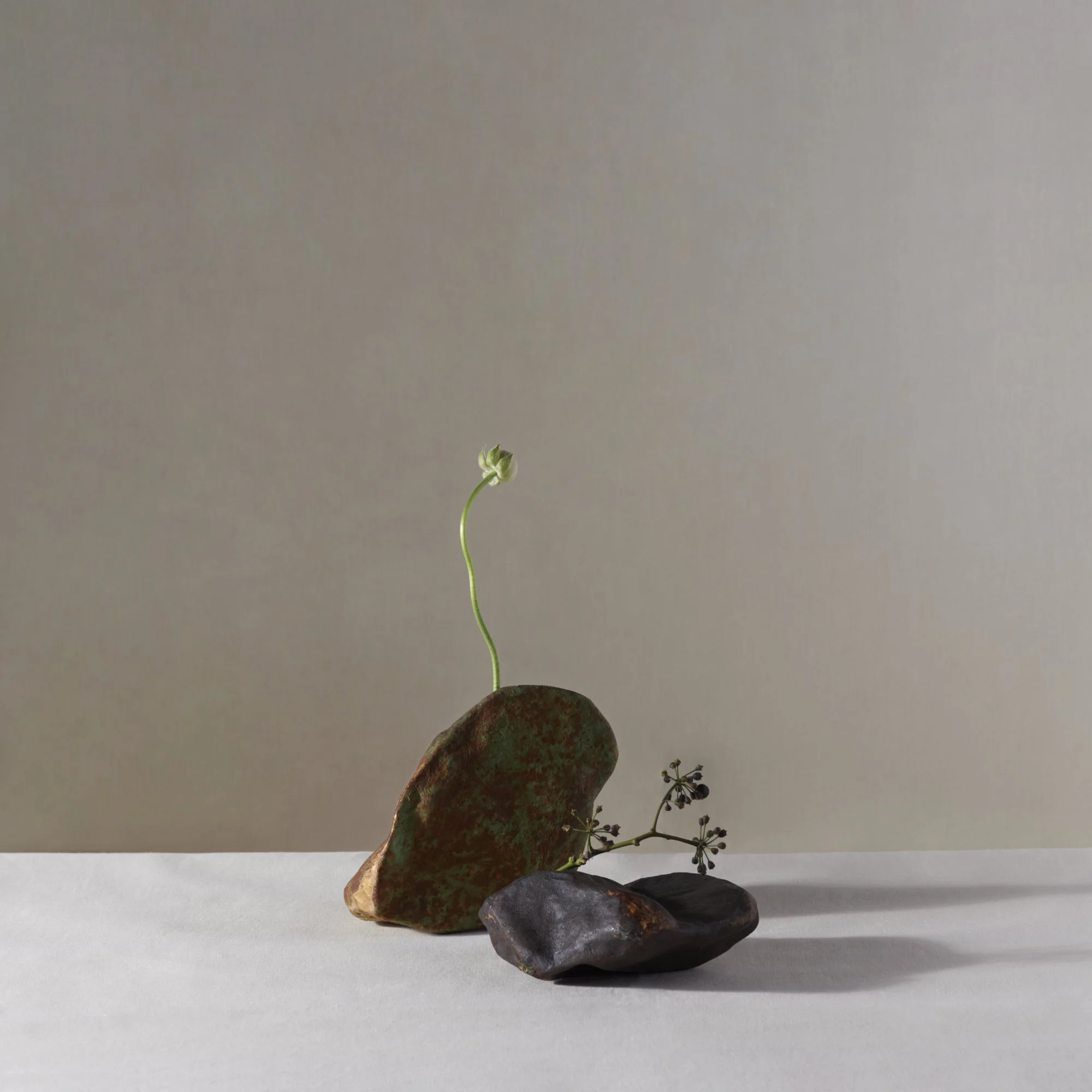Toshifumi Tashiro
Toshifumi Tashiro’s work embodies a quiet dedication to craftsmanship and purpose. His pottery is conceived foremost as vessels for food, designed to enhance the natural qualities of ingredients without drawing attention to themselves. Eschewing overt decoration, Tashiro seeks harmony between form and function, creating pieces with architectural, elegant shapes that support the dining experience through thoughtful simplicity.
Working primarily with clay sourced from Mashiko, Tashiro adapts his materials by blending various soils to achieve the desired texture and resilience. Though his forms are understated, his refined finishing techniques reveal the inherent character of the clay, lending warmth and tactile depth to each piece. The natural earthy texture remains a defining element, evoking a sense of groundedness and authenticity.
Born in Miyazaki Prefecture in 1979, Tashiro refined his craft at Nara College of Arts and under the guidance of Seiichi Imanari in Mashiko. His work is trusted by esteemed establishments such as Otowa Restaurant and Hotel Epinard Nasu, and he regularly participates in exhibitions throughout Japan.
Tashiro’s ceramics resonate with interiors that value subtlety and integrity, offering vessels that are as functional as they are quietly refined.
For inquiries please write contact@yuzemi.com
Takeshi Adachi
Takeshi Adachi is a ceramic artist whose work speaks to the quiet richness of natural materials and the evolving beauty of daily use. Now based in Kanagawa Prefecture, he creates pieces that are deeply rooted in a respect for process—beginning not in the studio, but with the soil itself.
Adachi processes local clays by hand, attuned to their shifting character from season to season. Through slow refinement and wood-ash firing, he produces vessels that are earthy, textured, and restrained—pieces that carry the warmth of the hearth and the marks of their making. His distinctive finishes, soft in tone and matte in surface, reflect his continued interest in form shaped by fire and time, rather than ornament.
Balancing function with presence, his ceramics are designed to be lived with—vessels that quietly elevate the everyday. Their proportions, surfaces and subtle weight are crafted to support both visual and tactile experience, whether in a domestic setting or refined hospitality environment.
Adachi studied Imaging Arts and Sciences in Tokyo before leaving to pursue ceramics in Seto, one of Japan’s historic pottery centres. Since establishing his practice in 2007, he has become known for his thoughtful approach and for collaborations with leading chefs and spaces, including the prestigious Seven Stars cruise train in Kyushu. Today, his work continues to evolve through ongoing studio practice, teaching, and collective projects that explore the future of traditional craft.
For inquiries, please email contact@yuzemi.com
Kazuhiro Kudo
Kazuhiko Kudo is a ceramic artist and curator based in Hokkaido, Japan. Trained in the Shigaraki tradition under master potter Kiyoko Koyama, Kudo later became the first ceramicist to establish a practice in Hokkaido, drawn to the region’s untapped natural clay and its expressive potential.
Unlike Japan’s historical pottery centres, Hokkaido is not traditionally known for ceramics. Its clay is difficult to work with—unpredictable in character and resistant to conventional methods. Rather than viewing these challenges as limitations, Kudo embraced them as a foundation for experimentation. Over time, he developed a signature approach defined by complex surface textures, nuanced tonal shifts, and delicate crackle effects that emerge through firing.
His work reflects a deep engagement with material and place, shaped by persistence and quiet innovation. In 2003, he was awarded the Kurihara Harumi Grand Prize for his Yellow-Slip Flat Katakuchi Bowl, recognising both his artistry and his pioneering role in redefining the possibilities of Hokkaido’s ceramic landscape.
Kudo’s ceramics are marked by restraint, depth, and natural elegance—qualities that lend themselves to thoughtful, architectural environments where material presence is deeply valued.
For inquiries, please email contact@yuzemi.com
Koichi Ohara
Born in Tokyo in 1974, Koichi Ohara is a ceramicist based in Tokoname, one of Japan’s historic pottery centers. Originally trained in physics at Meisei University, Ohara eventually turned to ceramics, drawing on the rich traditions of Japan, Korea, and Thailand to inform his practice.
Ohara creates his works using a personal blend of sand, potting soil, and glaze, resulting in forms that emphasize texture and tactility. His surfaces—earthy and rough to the touch—transform with water, becoming unexpectedly glossy and smooth. This interaction evokes the flow of a river, where water moves and pauses, bringing a quiet, organic beauty to each piece. For Ohara, texture and feel take precedence over form, and his work often draws inspiration from the subtle elegance of nature—like wheat swaying in a field.
The final color of each pot is shaped by a combination of firing temperature, mineral content in the clay, and the unpredictable nature of flame. Ohara embraces this unpredictability, intentionally using coarse, unrefined glaze powder rather than standardized commercial materials to encourage variation and spontaneity in the finished work.
Ohara has also collaborated with multidisciplinary artists including Camille Henrot and Theaster Gates, bringing his distinctive ceramic approach into broader contemporary art contexts.
For inquiries please write contact@yuzemi.com
Toru Hatta
Toru Hatta is a ceramic artist whose work embodies a quiet refinement rooted in tradition, yet attuned to the sensibilities of contemporary life. Working primarily in white, black, and Mishima ware, he explores the expressive potential of clay through a restrained palette and elemental forms that prioritise touch, weight, and surface.
Central to Hatta’s practice is his use of a traditional hole-type wood-fired kiln—one of the oldest forms of firing in Japan. This method yields natural, unglazed surfaces with subtle luster and tonal variation, created through the vitrification of silica by calcium oxide during firing. The result is a distinct texture that carries both strength and softness, enhanced by the ash deposits and flame patterns that emerge during the firing process.
His ceramics are fired multiple times, with a careful eye to how each piece evolves in the kiln—an approach that reflects his deep commitment to the alchemy between material and fire. The tactile qualities of his work—how it feels in the hand, its balance and presence—speak to a quiet mastery that resonates across cultures and settings.
Born in Ishikawa Prefecture in 1977, Hatta studied Environmental Design at Osaka Sangyo University before establishing his independent practice in 2003. He now lives and works in Sakai, Osaka, where he continues to pursue the possibilities of clay through slow, deliberate making and monthly firings.
For inquiries, please email contact@yuzemi.com
Ryutaro Yamada
Yamada’s work is deeply rooted in the traditional ceramic techniques of Japan, yet he has developed a distinctive style that seamlessly blends both function and art. He creates daily-use porcelain items, such as rice bowls and noodle cups, which combine bold, generous forms with practical design, as well as exquisite vases and large pots. The hallmark of Yamada’s approach lies in his use of wood-fired and climbing kilns, which produce subtle and varied colorations in each piece, depending on how the flame interacts with the surface. This technique adds anorganic, unpredictable quality to every vessel, making each item unique.
The brushstrokes and marks left by the kiln are integral to the aesthetic of Yamada’s work. He deliberately allows these imperfections to remain visible, embracing the kiln marks, natural textures, and even pebbles left from the firing process as part of the piece’s charm. This respect for the material’s inherent beauty, paired with the traditional techniques of his craft,allows Yamada to create pieces that are not just functional, but also deeply expressive,carrying the history of the kiln and the artist’s hand.
Yamada currently works and resides in Sagamihara, Kanagawa Prefecture.
For inquiries, please email contact@yuzemi.com
Shinpei Mawatari
Born in Saitama in 1976 and raised in the northern reaches of Japan, Shinpei Mawatari has established a deep-rooted connection to the landscape of Hokkaido, where he has lived and worked since 2015. From his studio—housed in a converted cowshed and nestled in the rural surrounds of Yoichi—he creates quietly powerful ceramic works that speak to the raw beauty and material richness of the land itself.
Mawatari’s practice is grounded in a deep respect for place. He sources clay by hand from the local terrain and produces ash glazes from fruit tree prunings gathered in the surrounding orchards. His dedication to traditional processes is paired with a spirit of invention—most notably in the construction of his own kiln, carved directly into the mountainside. This unique firing method yields ceramics of compelling texture and understated warmth, where each surface bears the subtle marks of earth, fire and time.
The resulting forms are modest yet evocative—earth-toned vessels whose restrained elegance and natural tactility lend them an enduring presence. Eschewing ornament in favour of quiet integrity, Mawatari’s work reflects both the strength and stillness of Hokkaido’s landscape, offering pieces that resonate with authenticity and a sense of calm permanence.
Trained in Kyoto and with early experience in the renowned pottery town of Hagi, Mawatari brings a thoughtful and grounded sensibility to his craft. His ceramics have gained recognition for their sincerity and refinement, making them equally suited to contemplative domestic spaces and sophisticated architectural settings.
For inquiries, please email contact@yuzemi.com
Hiroki Ooura
Hiroki Ooura is a ceramic and lacquer artist whose work quietly bridges the boundaries between craft, sculpture, and surface art. Based in Hyogo Prefecture, he brings a deep sensitivity to material and process, shaping forms that feel at once ancient and distinctly contemporary. His background in pottery and later exploration of lacquer techniques have led to a unique body of work that speaks through texture, depth, and quiet tension.
Each piece is built slowly through a layering process that combines clay, urushi lacquer, powdered minerals, pigments, and fine aggregates. These layers are applied and fired multiple times, creating surfaces that are rich with tonal variation and material density. The result is work that resists categorisation—somewhere between vessel and sculpture, panel and painting—yet always grounded in the quiet authority of hand-formed material.
Ooura’s colour palette is restrained but deeply expressive. Muted whites, carbon blacks, and earthen tones create a visual stillness that draws the eye inward. His forms are equally understated—rounded, architectural, often asymmetrical—revealing themselves over time through shifts in light and perspective. The surfaces bear subtle traces of their making: a sense of erosion, layering, and patina that evokes the slow passing of time.
In addition to his vessels, Ooura creates wall-mounted works that share the same tactile language. These pieces extend his interest in surface and texture to a more architectural scale, offering quiet focal points that bring depth and softness to a space.
Hiroki Ooura’s work resonates in environments where material honesty and refined restraint are valued. His objects do not demand attention, but rather invite a slower, more intimate encounter—revealing their complexity through touch, shadow, and time.
For inquiries, please email contact@yuzemi.com
Yoshinori Nagashima
Yoshinori Nagashima is a forging artist based in Akishima City, Tokyo, renowned for his distinctive metal cutlery and plates. His work employs traditional hammering techniques to shape metals such as brass, stainless steel, and aluminium, imparting subtle texture and craftsmanship.
His cutlery stands out for its contemporary design, featuring an aged patina that deepens and evolves with time, adding character to each piece. The striking blue and black tones of the cutlery are achieved by individually heating stainless steel to around 600–700°C, resulting in natural variations that make every item unique.
Meanwhile, his plates—crafted from brass, aluminium, and stainless steel—are finished to complement the cutlery’s aesthetic. Brass is treated during forming with chemical processes and polishing to reveal warm, antique hues, while aluminium is polished post-forming to a refined sheen.
Nagashima’s work strikes a balance between modern design and traditional artistry, offering objects that grow richer in character through daily use.
For inquiries, please email contact@yuzemi.com
Ryo Azuma
Ryo Azuma is a metal artist based in Osaka whose work blurs the boundary between sculpture and functional form. Drawing on a deep sensitivity to material and texture, he works almost exclusively with salvaged metals—copper, tin, steel, and iron—often sourced from the overlooked edges of the urban landscape. These timeworn fragments, marked by rust, dents, and history, are transformed into sculptural vessels and objects he calls Tekkari—a term rooted in old street slang for “metal goods,” now reimagined in his hands as luminous, contemplative forms. His pieces speak to the enduring beauty of imperfection and the quiet dignity of the discarded, offering a fresh material language for contemporary interiors and spaces that value narrative and nuance.
For inquiries, please email contact@yuzemi.com
Ryoji Nakamoto
Ryoji Nakamoto approaches woodworking with a profound respect for the natural character of wood. Employing traditional tools such as lathe machines and chisels, he embraces the inherent imperfections—warping, grain variations, cracks, and knots—that give each piece its unique identity. Through an exceptionally high level of craftsmanship, Ryoji meticulously carves delicate, refined shapes from single, large pieces of reclaimed timber, transforming them into singular works that celebrate the life and history embedded within the material.
Based in Munakata, Fukuoka Prefecture, Ryoji’s studio is nestled amidst ancient woodlands and historic temples, a setting that deeply influences his work. Originally trained as a carpenter and inspired by his great-grandfather, he evolved from roofing crafts to furniture and sculptural objects, seeking a freer, more expressive creative path. In 2021, he converted his workshop into a dedicated atelier, focusing on refined interior pieces such as candlesticks and sculptural objects fashioned from salvaged wood.
Ryoji Nakamoto’s work resonates with those who value craftsmanship grounded in nature’s artistry and the timeless narrative of materials.
For inquiries, please email contact@yuzemi.com
Tsukiho Kizaki
Working at the intersection of tradition and contemporary craftsmanship, Tsukiho Kizaki creates refined wooden vessels that carry both strength and subtle elegance. Drawing from Japan’s rich forested landscapes, he selects dense hardwoods—zelkova, chestnut, and cherry among them—which are cut into thick slabs and left to air-dry for over three years. This patient preparation allows the wood to settle naturally, preserving its integrity and character.
Each form begins with bandsaw cutting and turning on a lathe, before being shaped and refined using handcrafted planes—tools made by bending and tempering steel, their subtle differences reflecting the sensibility of each individual maker. This devotion to handwork results in vessels that possess a quiet uniqueness, with gently shifting curves and tactile surfaces.
To finish each piece, Kizaki applies natural lacquer infused with jino—a fine powdered clay—which lends the surface a warm, earthen texture and exceptional durability. While lacquerware in Japan is often seen as delicate, Kizaki’s approach seeks the opposite: pieces intended for daily use, resilient yet elegant. He also incorporates food-safe pigments into the lacquer, introducing subtle colour as a second layer, enriching both function and form.
Born in Kanazawa, Ishikawa Prefecture in 1984, Kizaki’s interest in lacquerware was first sparked during his studies in the Burmese department at Yangon University of Foreign Languages, where he encountered the vibrant lacquer traditions of Myanmar. Upon returning to Japan, he trained at the Ishikawa Prefectural Institute for Yamanaka Lacquerware before founding his own atelier, Tsurube Woodwork. In 2014, he established his current studio, Lotus, in Nagahama, Shiga Prefecture.
Kizaki’s works are quietly present in some of Japan’s most thoughtful culinary spaces, including the Michelin-starred ShinYuuki in Osaka. His vessels offer not only beauty, but also a tactile connection to the materials, tools, and traditions from which they are born.
For inquiries, please email contact@yuzemi.com
Roberto Yuasa
Based in a mountain workshop in Hamamatsu, this self-taught woodworker crafts elegant wooden tools designed to enrich everyday life. Rooted in a deep respect for nature and materials, his work balances Japanese sensibility with subtle Western influences, resulting in pieces that are both precise and warm.
Since beginning in 2009 with driftwood chairs and art, he has focused increasingly on wooden tableware and cutlery. Each piece is handcrafted, embracing the natural variations of the wood—knots, grain, and tone—that imbue every object with unique character. His designs favour simplicity and usability, avoiding ornamentation to create timeless, functional forms.
His signature cutlery is carved individually with refined silhouettes and exceptionally smooth mouthfeel, achieved through multiple layers of lacquer that enhance durability and elegance. Finishes vary: oil treatments highlight natural textures in plates, urushi lacquer provides water resistance and a silky touch, while urethane coatings preserve colour and durability for items like soup bowls.
He believes wood’s true beauty emerges over time, as use deepens colour and develops a gentle patina, making each piece personal and uniquely alive.
His work is acclaimed internationally, chosen by top chefs and restaurants such as Tokyo’s two-Michelin-starred inua, New Zealand’s Pasture, and Kobe’s HAKKEI. His tableware has also been featured in the renowned Noma pop-up in Kyoto.
Today, he continues to create objects that are crafted for daily use and quiet moments of appreciation—a testament to the enduring poetry of the everyday.
For inquiries, please email contact@yuzemi.com
Hidetoshi Nakamura
Based in Taketa City, Kyushu, Nakamura creates original lamps, candle holders and cake stands, all marked by elegant yet bold shapes that stand out in any room. No two lamps are alike, ashe designs each piece intuitively, shaping it as he works rather than following a pare-established design. This spontaneous approach allows the natural imperfections of the materials, such as cracks, chips, insect damage, and fraying, to guide his creative process. Rather than seeing these marks as flaws, Nakamura embraces them, incorporating them into the design to harmonize with his vision of the ideal form.
He finds beauty in the evolving colors and textures of the wood, which change with time,adding unique character to each piece. His lamps are crafted to be cherished for many years,each one reflecting the individual journey of the material. After years of handling and restoring antique lamps, Nakamura’s passion for exploring their forms and functions led him to create his own distinctive, original pieces.
For inquiries, please email contact@yuzemi.com
IFUJI
Founded by Masashi Ito, IFUJI began with a dedication to handcrafted wooden furniture and has expanded to a skilled team of over 20 artisans. Despite its growth, the core values of the company — quality, sustainability, and care—remain unchanged.
IFUJI believes that a shift towards long-lasting, sustainable products is essential in today’s world. In contrast to modern trends of mass consumption, IFUJI’s approach centers on creating timeless, durable pieces that can be repaired and maintained over time. Using primarily solid wood, IFUJI ensures the longevity.
At the heart of IFUJI’s philosophy is the belief that design should be both beautiful and enduring. Combining simplicity with decorativeness, smooth textures unique to wood, and the natural changes that occur over time, IFUJI creates pieces that become more meaningful withuse. The selection of the finest quality wood, advanced craftsmanship, and attention to detail in every step of production ensures each piece is not only functional but imbued with character.
IFUJI’s commitment to responsible sourcing is reflected in its use of wood from properly managed forests, such as American cherry wood harvested in accordance with sustainable practices. The company ensures that no illegal or unsustainably sourced wood is used, aligning its work with a commitment to environmental stewardship.
For inquiries, please email contact@yuzemi.com
Masaki Kusada
Masaki Kusada creates glassware defined by its quiet clarity and structural purity. His work is distinguished not by decoration or colour, but by the precision of form and the subtle interplay of light across smooth, unbroken surfaces. Each vessel is an exercise in restraint—refined, transparent, and inherently serene.
Central to Kusada’s practice is a distinctive technique known as pin-blow, which avoids traditional mouth-blown methods. Instead, molten glass is guided by steam, gravity and rotational force—allowing the form to emerge without the use of shaping tools. This non-intrusive process results in works of exceptional uniformity and clarity, where every curve follows a natural rhythm rather than imposed design. The absence of bubbles, marks or embellishment places full attention on the purity of the material and the balance of proportion.
While minimal in appearance, Kusada’s glass possesses an inner strength, engineered through technique and material understanding. His approach embraces transparency not only as a visual quality but as a guiding philosophy—each piece offering a sense of stillness, integrity and lightness. The result is work that feels simultaneously contemporary and timeless, ideal for refined interiors and settings that value quiet excellence.
Now based in Kanazawa, Ishikawa Prefecture, Kusada works independently, producing a limited number of carefully crafted pieces that have found their way into discerning collections across Japan. His glassware lends itself to spaces where material purity, tactility and subtle presence are celebrated.
For inquiries, please email contact@yuzemi.com
Natsumi Sunada
Natsumi Sunada creates delicate glass vessels through the technique of pâte de verre, blending finely milled glass with mineral pigments inspired by traditional Japanese painting enamels. With an acute sensitivity to colour and light, she draws from the subtle atmospheres of nature—the soft haze of autumn mornings, the gentle swell of waves, the warmth of sunlight on water—to shape moments in glass that carry emotional and visual resonance.
Her process is deliberate and layered: powdered glass is mixed with pigments derived from natural minerals, then cast into moulds and kiln-fired. The resulting surfaces are translucent yet nuanced, as light passes through tones sparked by mineral depth rather than uniform colouring. Her works embody an exploration of colour as memory and mood, where each hue tells of a landscape or a sensation experienced.
Sunada’s practice is both contemplative and experimental. Though glass is inherently beautiful, she allows its innate luminosity to remain central—her interventions are gentle, thoughtful overlays of her own inner vision. Still, she embraces the surprising textures and unexpected expressions that only arise when mineral pigments merge with glass powder. This sense of discovery is at the heart of her work and an expression of the joy she finds in creative process.
Her vessels are quietly refined, often minimal in form but rich in tonal and tactile subtlety. Whether placed in light-filled interiors or shadowed corners, they offer a pause—a lingering impression of colour and space that resonates with architecture and curated settings. Sunada's work invites attentiveness: to colour’s nuance, to surface, and to the poetic echo between inner landscape and material presence.
For inquiries, please email contact@yuzemi.com
Keiko Murakami
Keiko Murakami works with rust as both pigment and medium—transforming the natural process of oxidation into textiles of quiet complexity and enduring beauty. Drawing from ancient methods of rust dyeing and weaving, she has developed a distinctive practice that blends traditional technique with a contemporary, intuitive sensitivity.
For Murakami, rust is not simply a colour, but a living material shaped by time and nature. Its interaction with fibre creates surfaces that breathe, shift, and evolve. The resulting tones—soft, earthy, and unpredictable—develop as rust bonds with the thread, producing a patina that deepens over time. Each textile reflects the unique qualities of the season, the weave, and the fibre, ensuring that no two are ever alike.
Texture plays a central role in her work. The final expression of each piece depends not only on the dyeing process but also on how the fabric is woven, washed, and finished. These layered processes result in textiles that feel grounded and tactile—inviting not just to the eye, but to the hand. Murakami often describes her work as ‘scenery one can touch’—surfaces that evoke a landscape both physical and emotional.
Since graduating from Musashino Art University in 2011, Murakami has worked extensively with rust and plant-based dyes, creating objects that lend themselves to both intimate and architectural settings. Her work has been selected for interiors such as Inua, the Michelin-starred Tokyo restaurant by the Noma team, as well as the Noma Residency 2024 in Kyoto.
For inquiries, please email contact@yuzemi.com
Sakuho Ito
Sakuho Ito is a Japanese artist whose practice centres on handmade washi (Japanese paper), approached through a deeply contemplative and material-led process. Drawing inspiration from nature, ritual, and the quiet spirituality found in Shinto beliefs, her work explores the cyclical rhythms of life and the intimate connection between human beings and the land they inhabit.
Born in Shimane Prefecture in 1989, Ito's early experiences in the mountains left a lasting impression—watching leaves decay and return to the soil shaped her understanding of impermanence and renewal. These ideas continue to resonate throughout her work, which merges traditional papermaking with abstract expression, natural materials, and spiritual intention.
Her process is as much about listening to the landscape as it is about making. Often created during residencies or site-specific journeys, each piece incorporates local fibres—such as kozo, mitsumata, and ganpi—collected and prepared by hand. At times, metal powders and sand are also introduced, embedding traces of place within the surface of the paper itself.
Ito’s practice is grounded in the tactile and the temporal. The act of papermaking is, for her, a form of meditation—each sheet embodying stillness, memory, and transformation. Her works are often dedicated at shrines in Japan, marking them not simply as objects, but as gestures of reverence to the landscape and its spirit.
Now working between studios in Yamanashi and Shimane Prefectures, Sakuho Ito continues to evolve her exploration of washi as a medium for both material and metaphysical expression. Her works lend themselves to architectural environments that value silence, texture, and a sense of grounded serenity.
For inquiries, please email contact@yuzemi.com






























